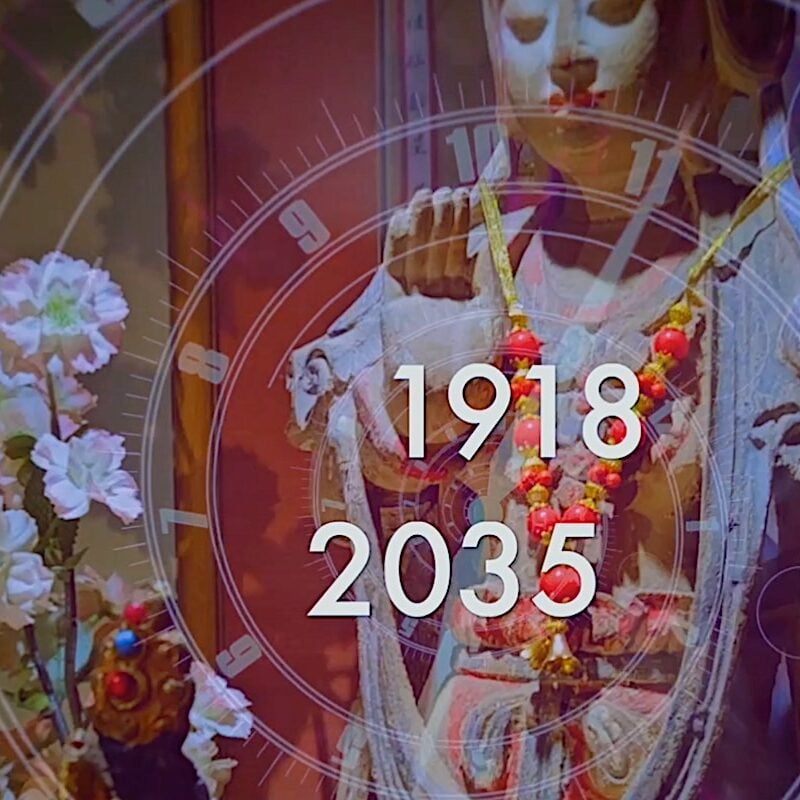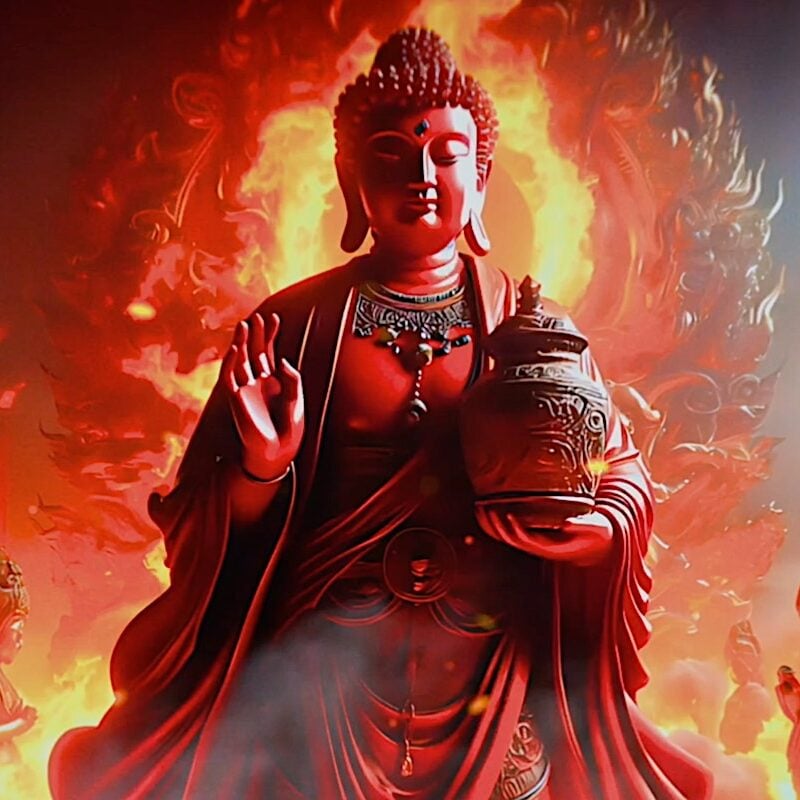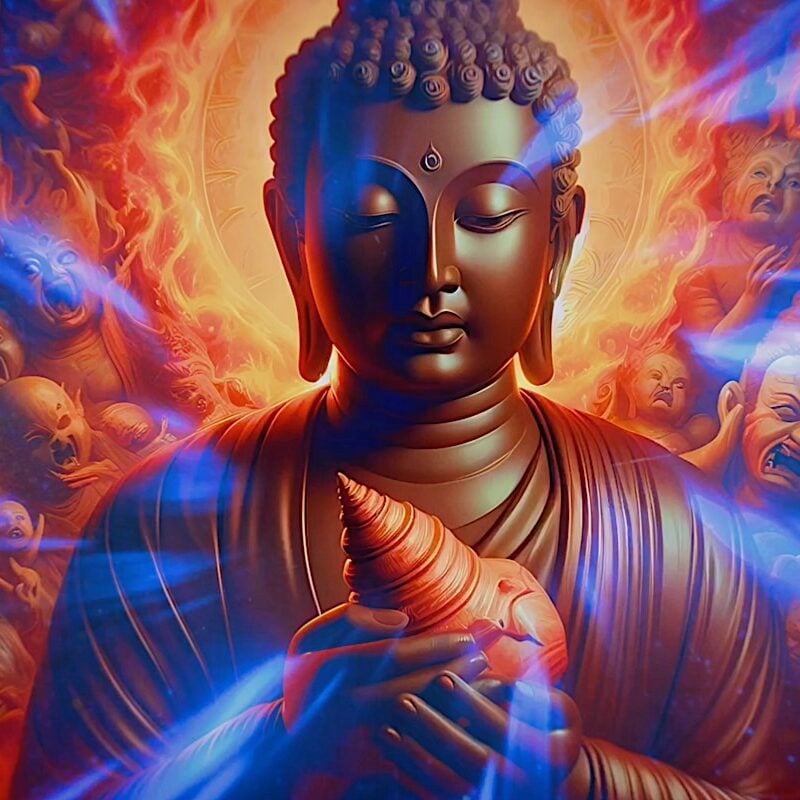Preparing for Losar and Lunar New Year 2023, Year of the Water Rabbit. May All Beings be Happy!
Lunar New Year is celebrated in many countries around the world — as Losar or the Tibetan New Year, and as Chinese New Year, or just as “lunar” new year. Most special occasions in Buddhism align with the lunar calendar. Due to differences in calculation, the Tibetan lunar new year is 30 days later than the Chinese lunar new year (since the Chinese calendar is adjusted, or a “luni-solar” version.)

This year, Losar is on February 21, 2023, the year of the Water Hare — year 2150 in Tibetan calculations. Chinese New Year is earlier, on January 22, 2023. By either system, it signals a change in fortunes for many. Among the most important days of the year in the Buddhist calendar are the 15 Days of Buddha’s Miracles, which commence on Losar (New Years) and span the first 15 days of the lunar new year.
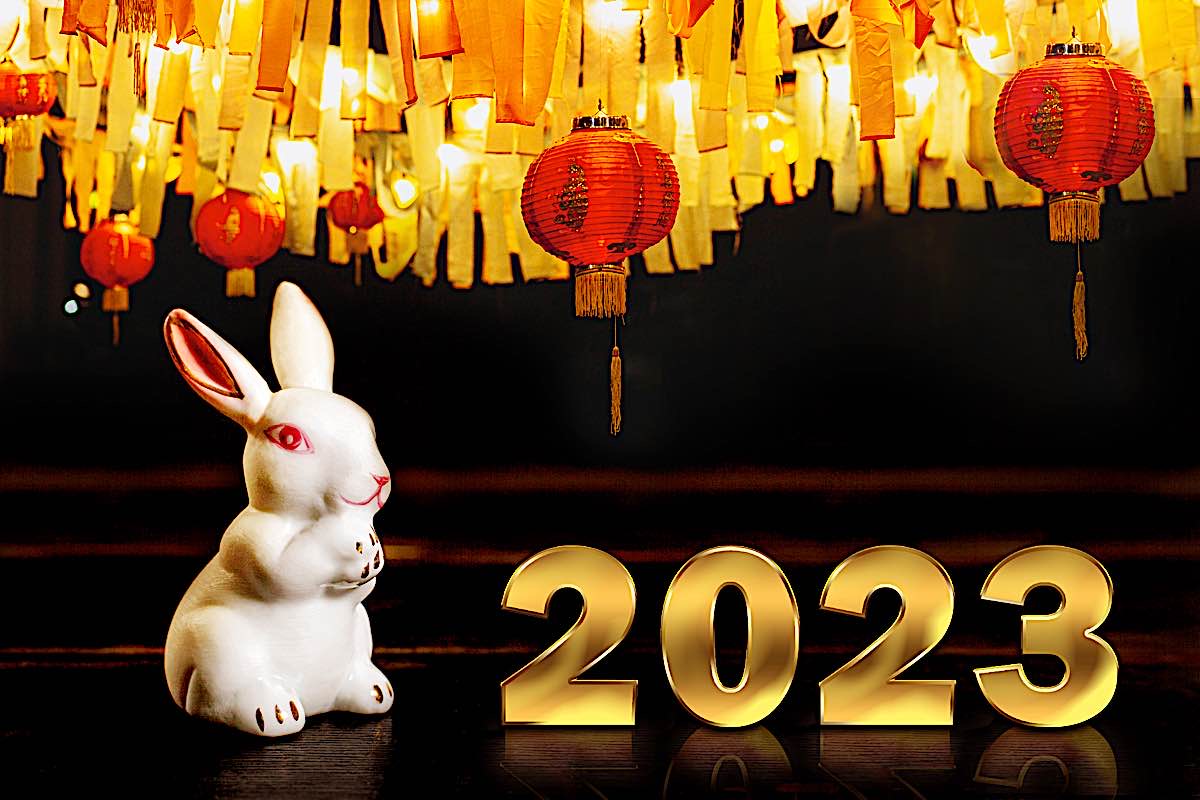
Losar, the Lunar Tibetan New Year, is a day of festivities, celebrated around the world by Tibetans, Tibetan Buddhists and their friends and families. It is one of the biggest holiday events in China, likewise celebrated for many days.
It represents new beginnings, fresh start, and an opportunity to bring in auspiciousness for the new year. For this reason, purification practices are recommended prior to the New Year!
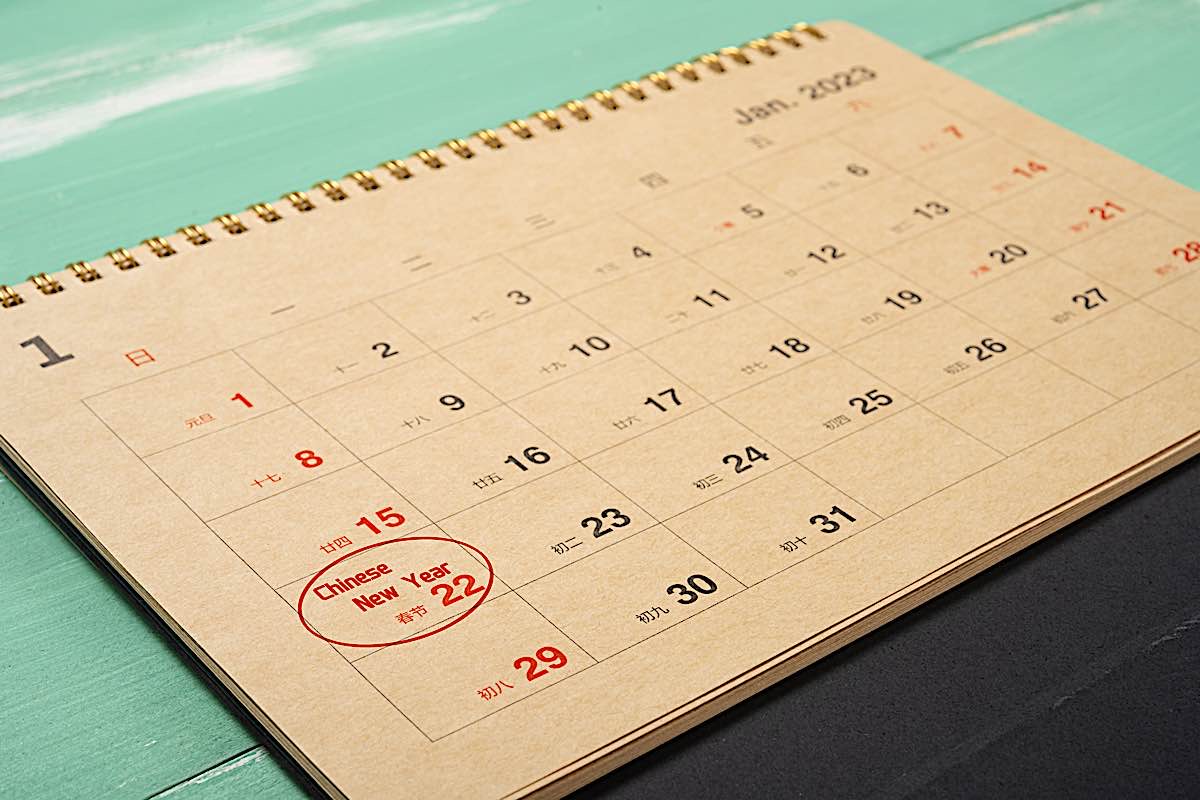
2023 is the Year of the Water Rabbit
By either Chinese or Tibetan lunar calendars, this is the year of the Water Rabbit (or Water Hare). Celebrations begin on New Year’s Day in Chinese lunar tradition, January 22, 2023, but last for ten days or more as people visit their relatives to wish them well. In Tibetan Losar custom, the activities begin up to one month earlier (than Losar, which this year is Feb 21), since it is customary to undertake purification practices, such as Vajrsattva or Yamantaka prior to the New Year. This is to ensure we enter the new year with no “negative baggage” such as ripening negative karma, obstacles or obscurations.
Chanting at least 108 (minimum) Vajrasattva mantras prior to the New Year is often recommended, or ideally 108 every day for 10 days prior, or as many as you are able. An easy way to accomplish this is to chant along with Hrishikesh Sonar’s beautiful Sanskrit mantra (includes visualizations):
In both traditions, it is important to make offerings to the Buddha, Bodhisattvas, Dharma and Sangha on New Years. This is why temple visits and “generosity” to the Sangha — especially monks, nuns, rinpoches, teachers, and temples or gompas. The purification (such as Vajrasatttva practices) removes negative karmas, while the offerings ensure auspicious merit in the new year.
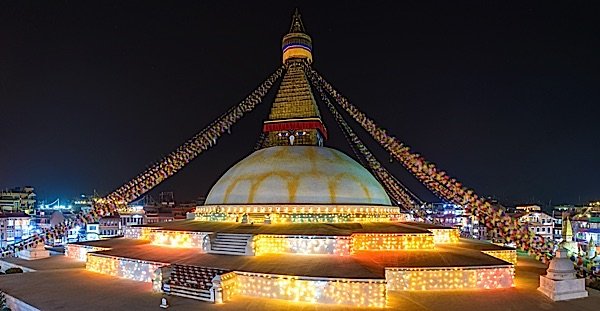
Before the New Year for lay Buddhists
Traditionally, celebrants will prepare for Losar by cleaning their houses (sweeping away the misfortunes of the previous year.) Serious Buddhists often undertake Vajrasattva or other practices either the day before — or if undertaking retreat or serious practice, up to 30 days before.
About Vajrasattva (documentary and mini-guided meditation):
Buddhist monasteries and gompas will perform rituals on this last day, the famous mask dances, which symbolically drive away the negative forces of the old year.
Traditionally, a person should not clean their house for the first few days of Losar to symbolically preserve the luck. Serious Buddhists might spend the last five or more days on purification practices such as Vajrasattva and Vajrakilaya. There will often be protector pujas, for example to Palden Lhamo, the great protectress of Tibet and the Dalai Lama. [More about Palden Lhamo here>>]

New Years Celebrations — Bringing in the Luck of the Water Rabbit
If you are fortunate enough to be in an area with a Tibetan temple or Gompa, there are likely colourful and beautiful celebrations planned — although this year they will likely be streamed or remote events. To help bring in the luck of 2023, the Year of the Golden Ox consider attending and supporting the temple online with a significant donation for merit (good karma). These events might include rituals but are also as likely to include festive performances.
Video from Tibetan Heart Beat for Losar 2017, Best of Amdo Losar Celebrations:
Losar at Home
Traditionally, you decorate your doors and windows to bring home the auspiciousness of the year. Often these decorations are purpose-made with good luck, good fortune, happiness and long life messages. Consider having a festive dinner. The “first meal of the day” should go to the Buddhas, Bodhisattvas and deities. Before eating breakfast, typically you should make your offerings on your home shrine.
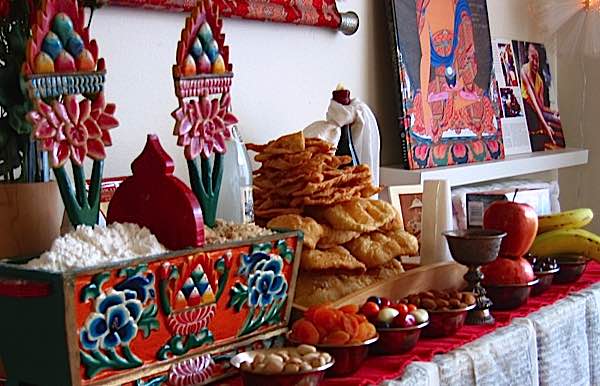
The First Three Days
The first three days of Losar or Chinese New Year, are the most important. The first day is usually for immediately family, the second day for visiting friends and relatives, the third day is for prayers and giving (donating to monks, nuns or temples) — although customs vary widely.

Not only do you get to party, you are encouraging the good fortune and merit for 2023! One important tradition includes hanging new prayer flags, Wind Horse flags, which carry the good wishes to all corners of the earth on the winds.

Early in the morning, at home we might give our offerings on our personal shrines. When first greeting people, the most common greeting is “Tashi Delek” which basically wishes them good fortune and happiness. The first day of Losar is usually for immediate family. If you are fortunate to be near a temple or Gompa, join the festivities if there are any this day (it may be scheduled for the weekends or other days).

The second day of Losar is gyal-po losar (King’s Losar) and tends to be more secular in nature. Throughout these first few days, people might visit friends and families, wishing them well, and enjoying food and feasts. Of course, it’s a time for dancing, partying and entertainments. Displaying the eight auspicious signs of the Buddha is a good way to bring auspiciousness home (either printed out from your laser printer and hung up, or more elaborate displays).

For traditional Tibetans, the third day is the day for visiting monasteries and gompas and making prayers. This is the time to show generosity, to create merit in the year by donating food, clothing and money to the Lamas, Gurus, monks, and nuns. The third day will be heavy with incense smoke, especially Juniper leaves.
Feng Shui and bringing in the Auspiciousness
In Chinese New Year, we often pay attention to Feng Shui to ensure maximizing our “auspiciousness” in the New Year — it can’t hurt, right? According to the site, Chinese Zodiac (on their Year of the Rabbit page, found here>>):
“Don’t forget about incorporating feng shui into your life in the Year of the Water Rabbit. According to feng shui experts, the Water element is associated with the North sector of your home or office, so activating this area with elements such as a water feature or a blue and black color scheme can bring the positive energy of water into your space.
Additionally, the Rabbit is associated with the element of wood, which represents growth and new beginnings, so incorporating wooden elements or the color green can also bring that energy into your space.”
Happy Chinese New Year, and Tashi Delek from your friends at Buddha Weekly!
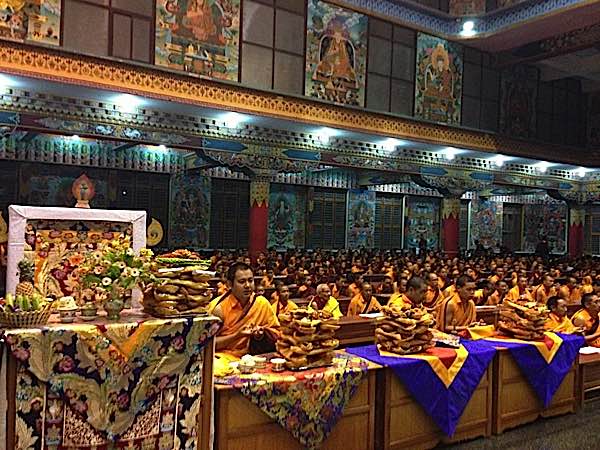
More articles by this author
Search
Latest Features
Please support the "Spread the Dharma" mission as one of our heroic Dharma Supporting Members, or with a one-time donation.
Please Help Support the “Spread the Dharma” Mission!

Be a part of the noble mission as a supporting member or a patron, or a volunteer contributor of content.
The power of Dharma to help sentient beings, in part, lies in ensuring access to Buddha’s precious Dharma — the mission of Buddha Weekly. We can’t do it without you!
A non-profit association since 2007, Buddha Weekly published many feature articles, videos, and, podcasts. Please consider supporting the mission to preserve and “Spread the Dharma." Your support as either a patron or a supporting member helps defray the high costs of producing quality Dharma content. Thank you! Learn more here, or become one of our super karma heroes on Patreon.
Lee Kane
Author | Buddha Weekly
Lee Kane is the editor of Buddha Weekly, since 2007. His main focuses as a writer are mindfulness techniques, meditation, Dharma and Sutra commentaries, Buddhist practices, international perspectives and traditions, Vajrayana, Mahayana, Zen. He also covers various events.
Lee also contributes as a writer to various other online magazines and blogs.









